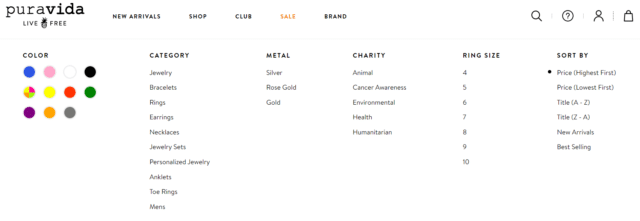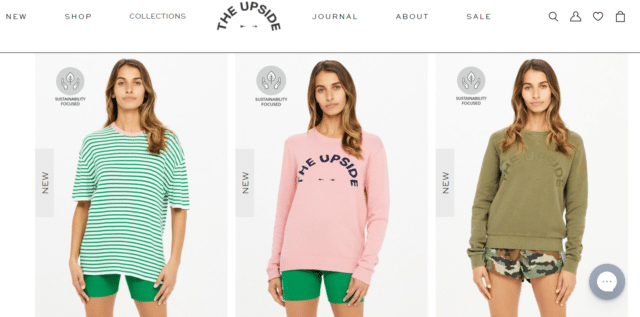With Earth Day comes a renewed focus on sustainable business practices and how to deliver a sustainable shopper experience. Taking steps to improve your sustainability isn’t just good for the planet, it’s also good for your business. This article outlines customers’ changing buying behaviors, easy ways retailers can go green, and how to effectively communicate sustainable policies and practices throughout the shopper experience.
Environmental Concerns are a Growing Factor in Purchasing Decisions
Retailers can no longer overlook their environmental impact. 77% of consumers say a brand’s sustainability and environmental responsibility is either very or moderately important to them. Younger generations are heavily influenced by environmental issues when it comes to how and where they spend their money. 26% of Millenials and 31% of Gen Z say they would pay more for products that have the least impact.
These shifts are reflected in changing business practices. Three in four companies say they have defined sustainability targets in their business goals. Recycling and energy usage are the top priorities. Aside from the positive environmental impact of these changes, 86% of businesses also expect their sales to grow as a result of these practices.
So, when it comes to ecommerce, how can retailers make a difference?
Three Easy Ways to Reduce the Environmental Impact of Ecommerce
- Shipping is one of the worst culprits when it comes to the environmental effects of ecommerce. To reduce your impact, choose couriers that offer carbon-neutral shipping. You could also make an annual donation as part of your corporate social responsibility program to offset your business footprint.
- Packaging is another big offender when it comes to environmental damage. Reduce waste produced by your business by using recycled materials that customers can dispose of responsibly or re-use for other purposes. Even better, reward your customers for returning or refilling product containers instead of purchasing new ones.
- Returns aren’t just bad for your bottom line, they also add to the shipping demands created by your business. Simple steps such as providing accurate sizing guides and displaying high-quality product photos and details can reduce your return rates. Check out more tips on reducing product returns here.
Highlight Eco-Friendly Products and Policies Throughout the Shopping Experience
With environmental causes playing a bigger role in consumers’ purchasing decisions, retailers should incorporate their sustainable commitments into the shopping journey. Try including the following features on your ecommerce store to help shoppers find products that reflect their values.
Provide Relevant Filters
Equip shoppers to filter products based on their social or environmental concerns. For example, customers may want to filter specifically for cruelty-free cosmetics, vegan ingredients, or recyclable materials. Pura Vida is one sustainability-focused brand that takes this approach. Both their main menu navigation and category filters give shoppers the option to filter products by the type of charity they would like to support with the proceeds of their purchase.

Configure Site Search Results
Rather than navigate their way to the relevant results, shoppers often head straight to your search bar to find what they’re looking for. Make sure your site search is configured to deliver products that meet their criteria. For example, if a shopper searches for “organic cotton t-shirts,” does clothing made from the appropriate material appear in their results?
Bonus tip: make any sustainability policy pages on your website searchable, too. Environmentally-conscious shoppers may use the search bar to seek out details of whether packaging is recyclable, for example. Ensure they are seamlessly directed to the information they need.
Merchandise for Visibility
Merchandising is a valuable tool for improving the visibility of your environmental efforts. If you have recently updated your practices to become more green, make sure your customers know about it. A simple banner that states, “all of our delivery packaging is now made from recycled materials”, is a small but important message to communicate to eco-conscious buyers. Any environmental certifications or quality seals you have received should be featured, too. Badges can also be used to highlight relevant product attributes. Australian brand, THE UPSIDE, takes advantage of this to highlight their sustainability-focused products on category pages.

Sustainable Shopping Benefits Customers, the Environment, and Your Business
Consumers are more conscious of environmental considerations than ever before. They actively seek out sustainable products from brands that share their values. By making small changes, you can minimize your impact on the planet, support customers to make responsible purchasing decisions, and strengthen your brand reputation.




